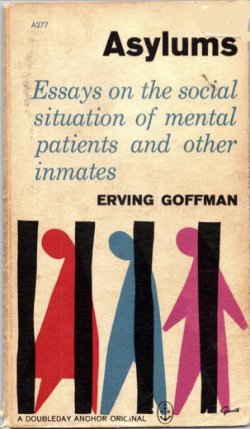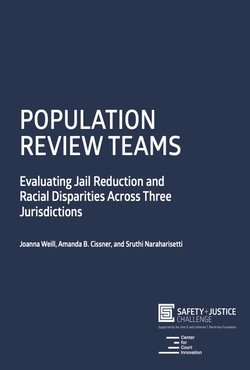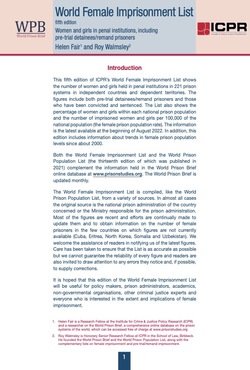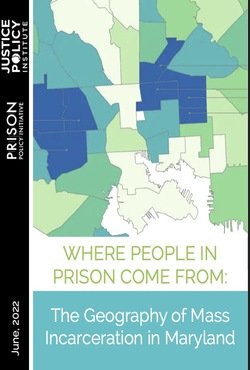By Rebecca Roberts, Claire Campbell and Deborah Coles
Every four days a person takes their life in prison, and rising numbers of ‘natural’ and unclassified deaths are too often found to relate to serious failures in healthcare. The lack of government action on official recommendations is leading to preventable deaths.
Deaths in prison: a national scandal exposes dangerous, longstanding failures across the prison estate and historically high levels of deaths in custody and offers unique insight and analysis into findings from 61 prison inquests in England and Wales in 2018 and 2019.
The report details repeated safety failures including mental and physical healthcare, communication systems, emergency responses, and drugs and medication. It also looks at the wider statistics and historic context, showing the repetitive and persistent nature of such failings.
With case studies of deaths and inquest findings, it tells the harrowing human stories behind the statistics (see page 9). INQUEST also details the experiences of bereaved families who struggle to access minimal legal aid for inquests, while prisons automatically receive millions in public funding.
London: INQUEST, 2020. 20p.





















